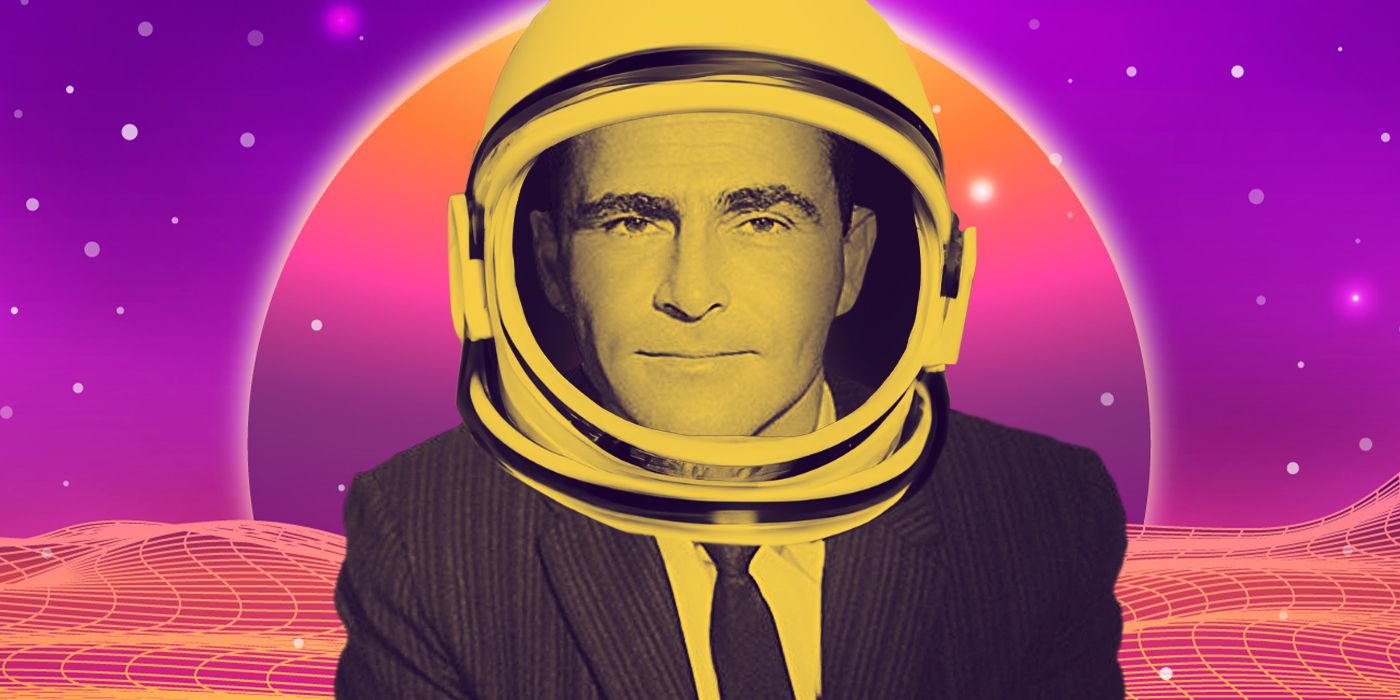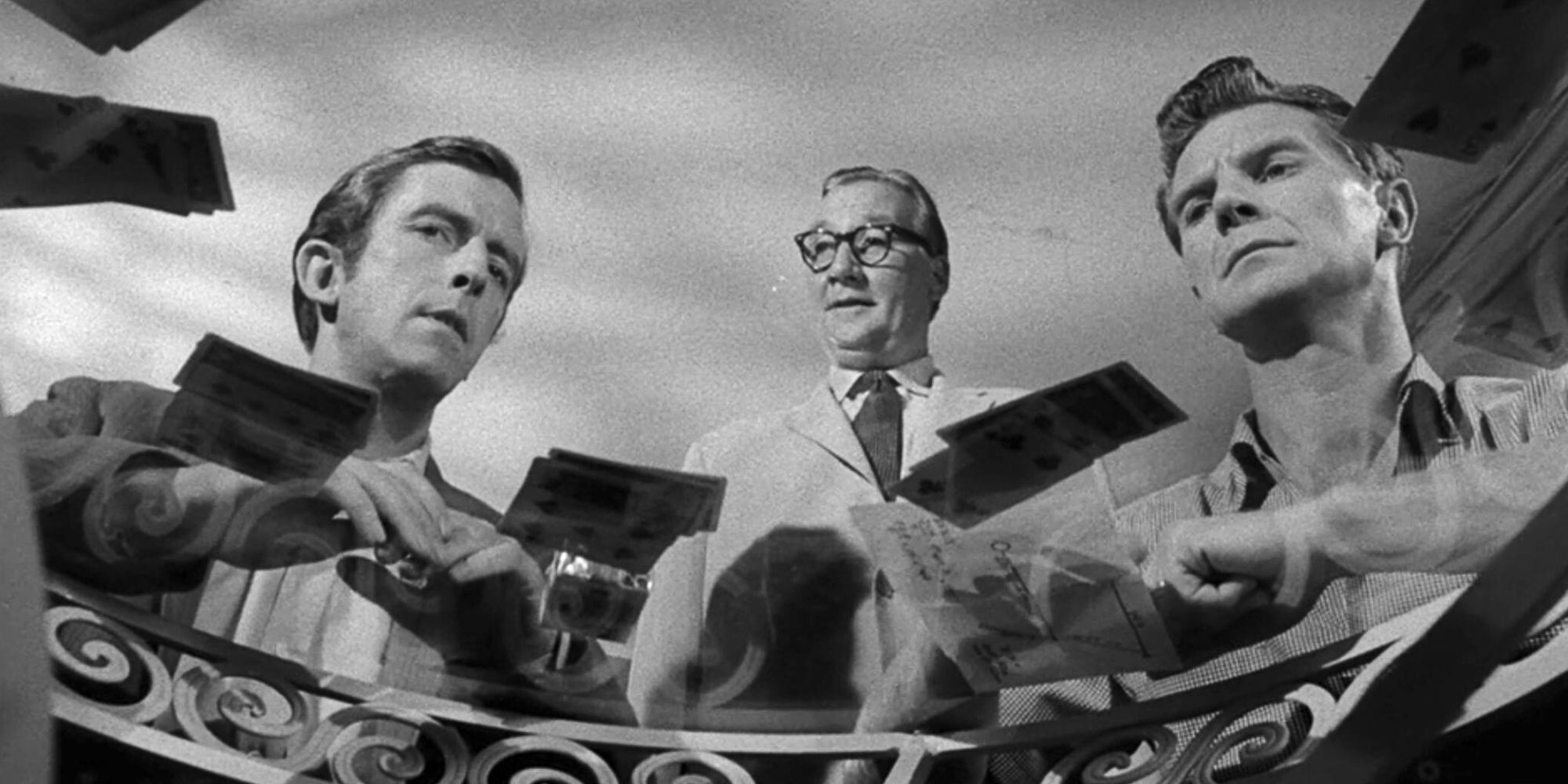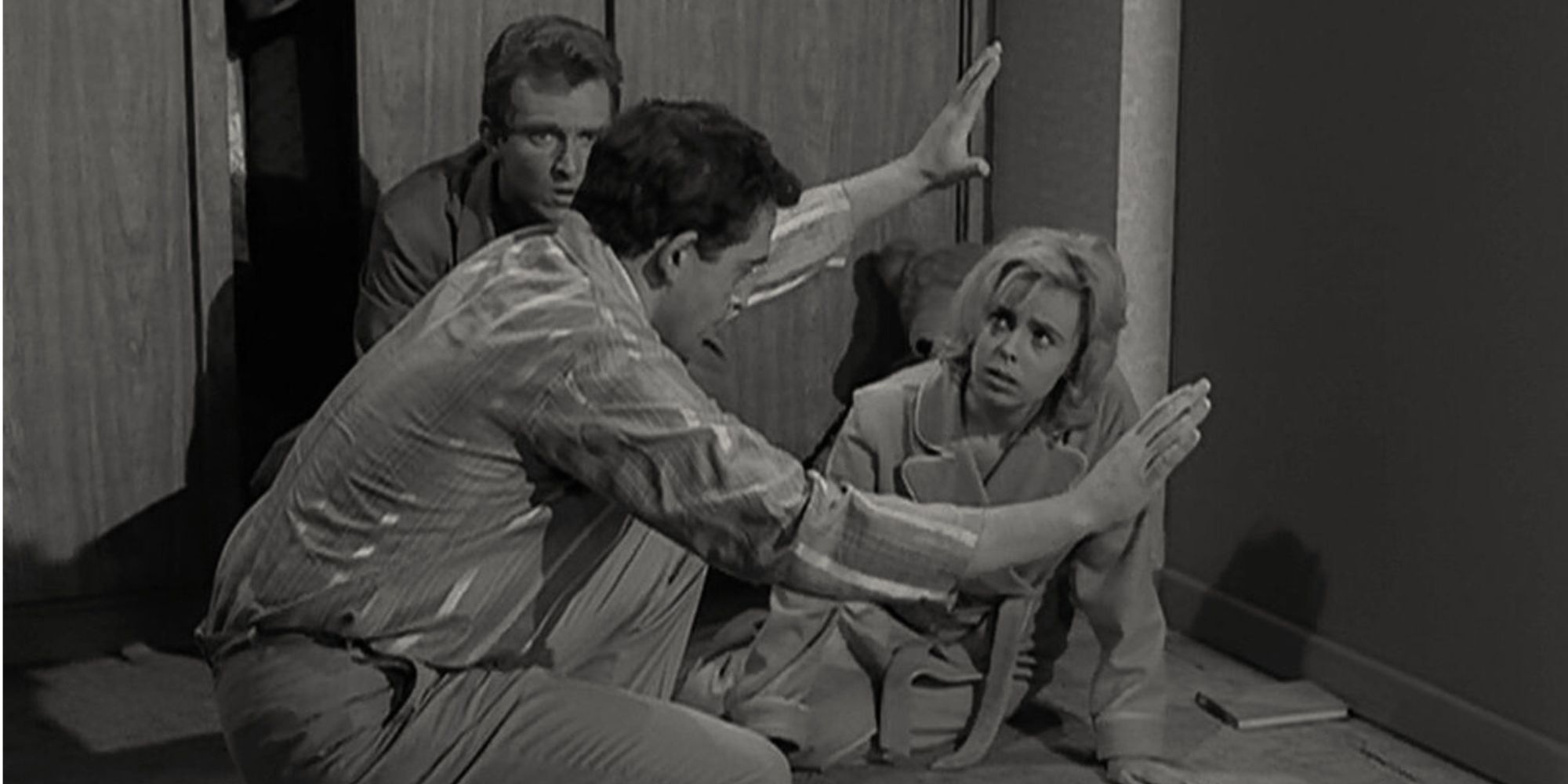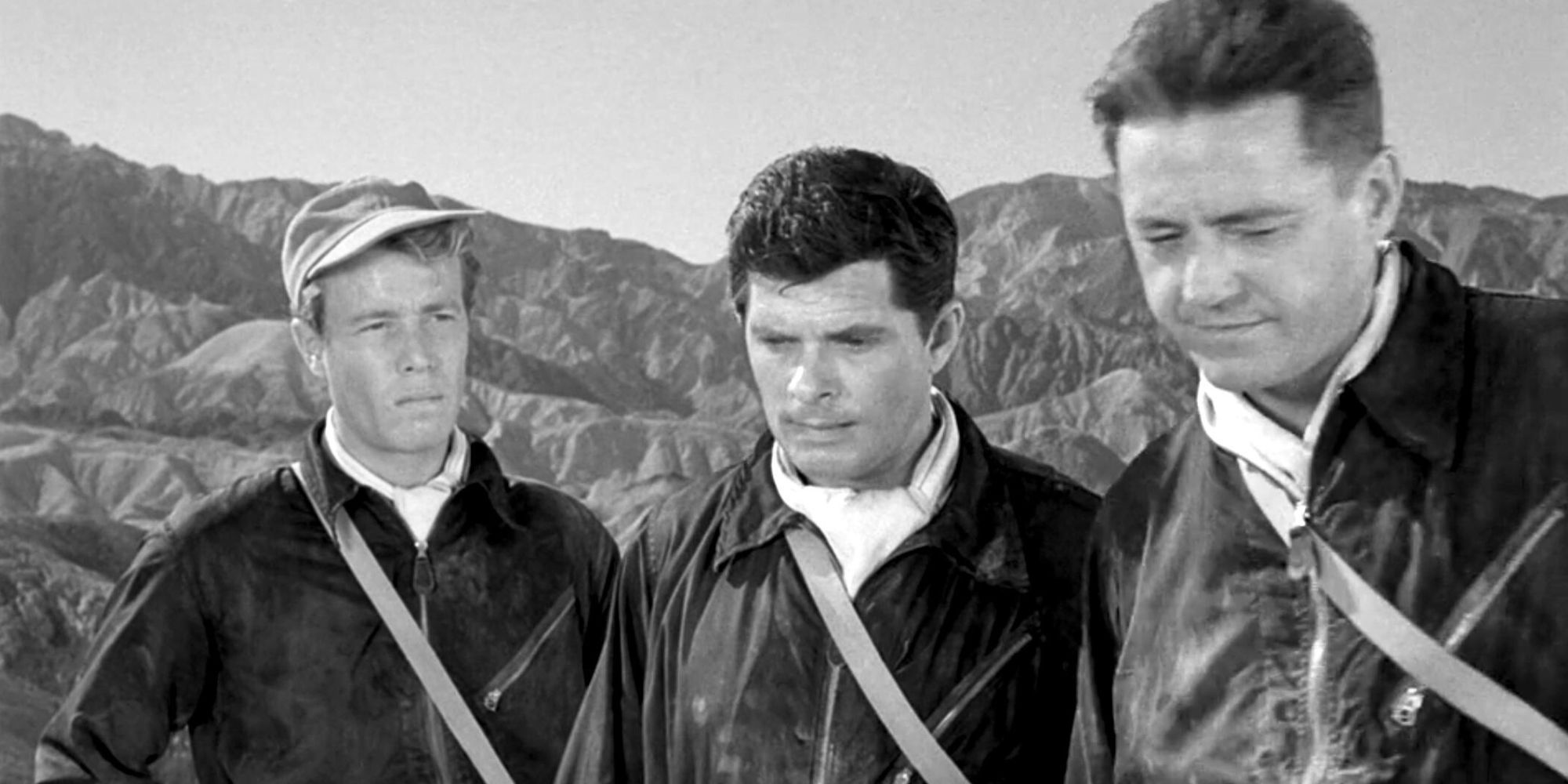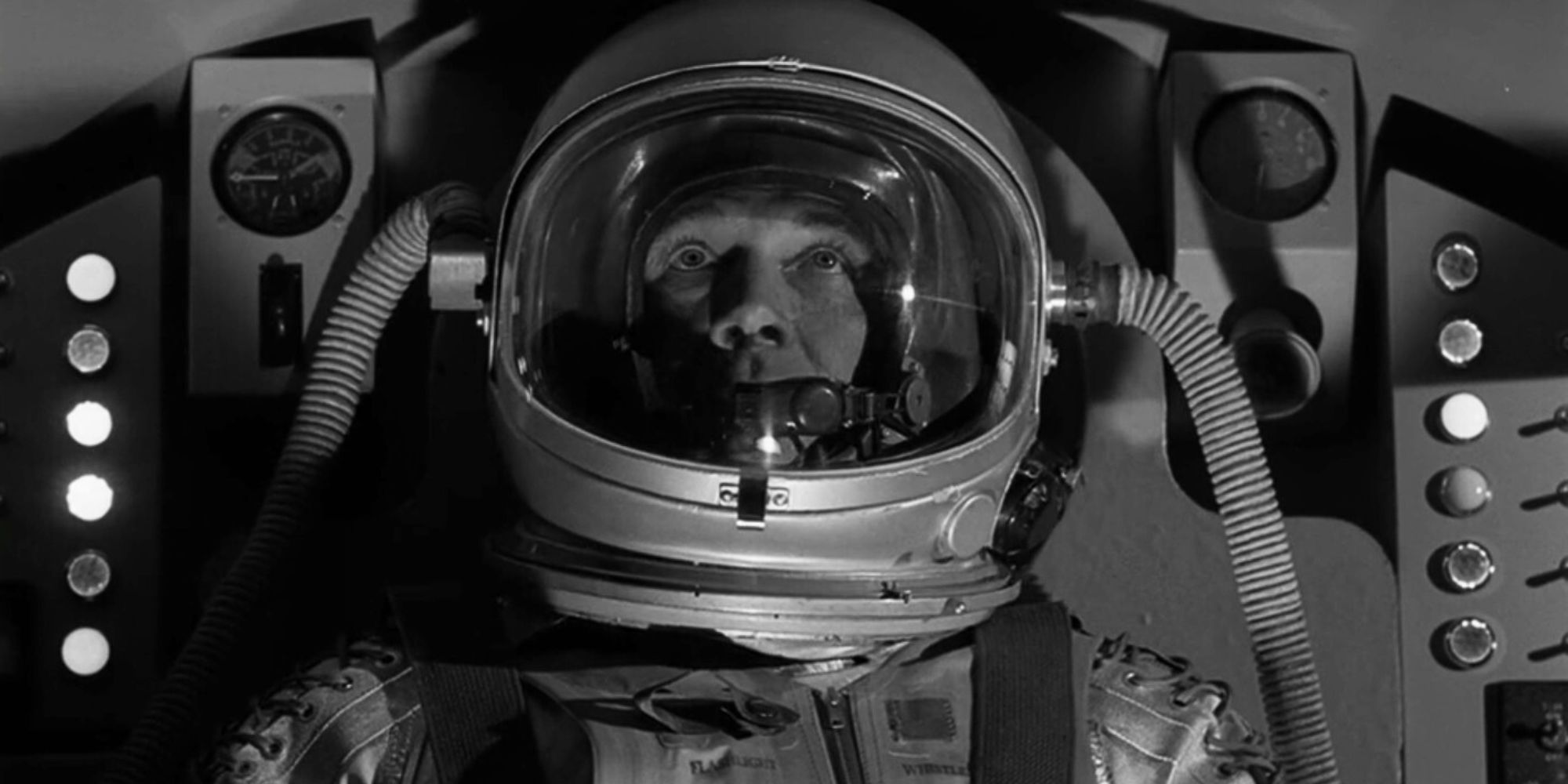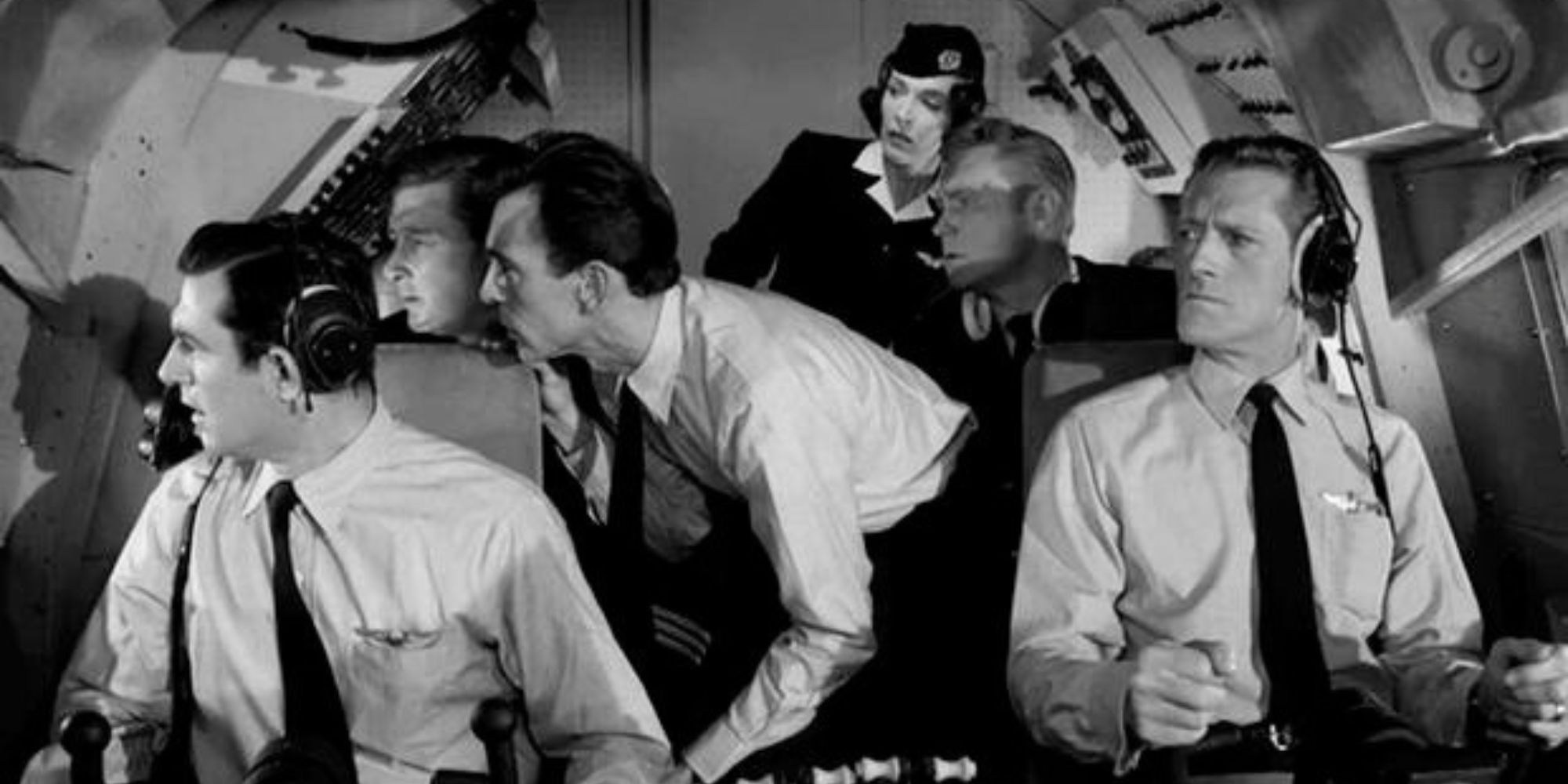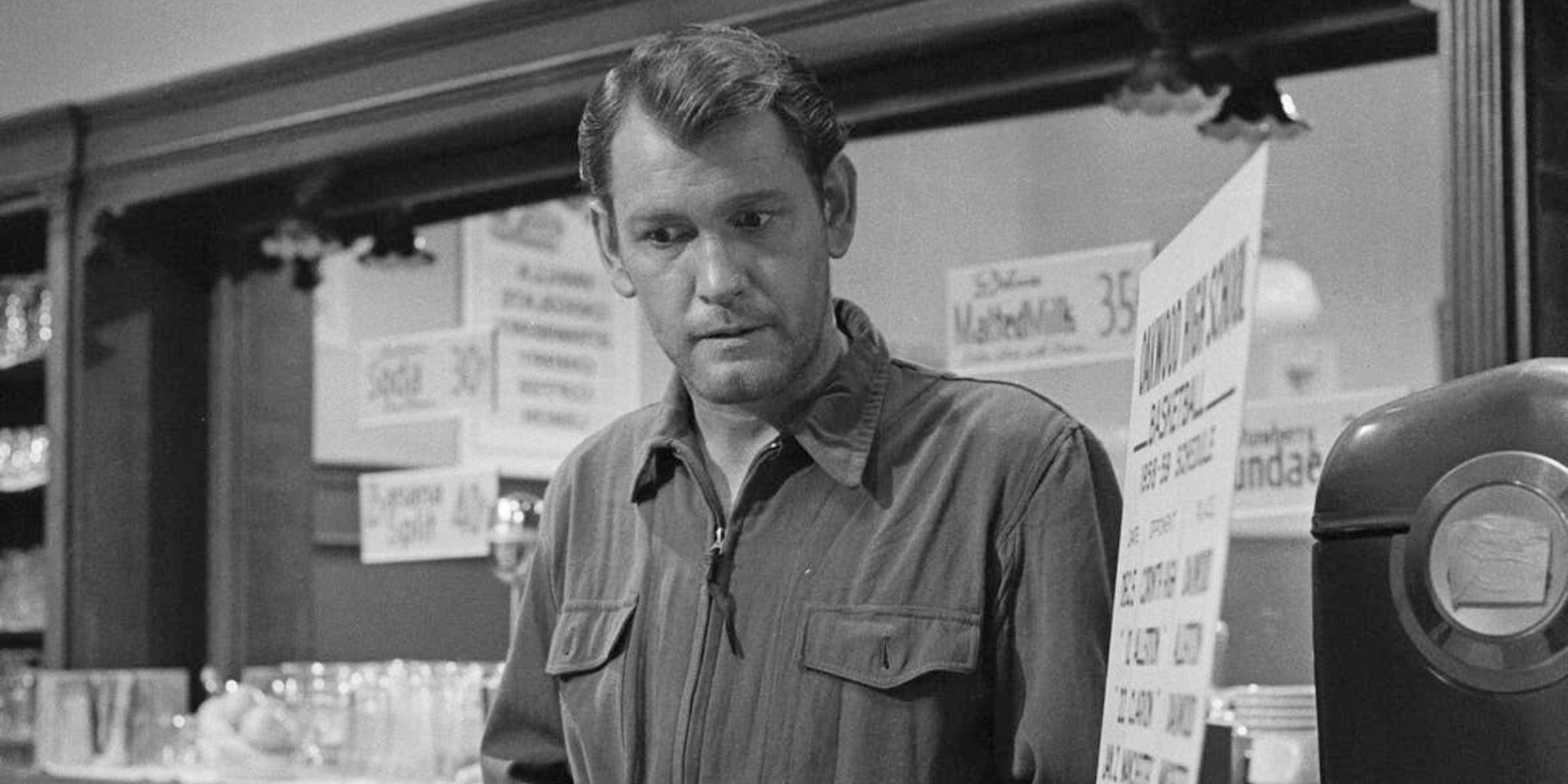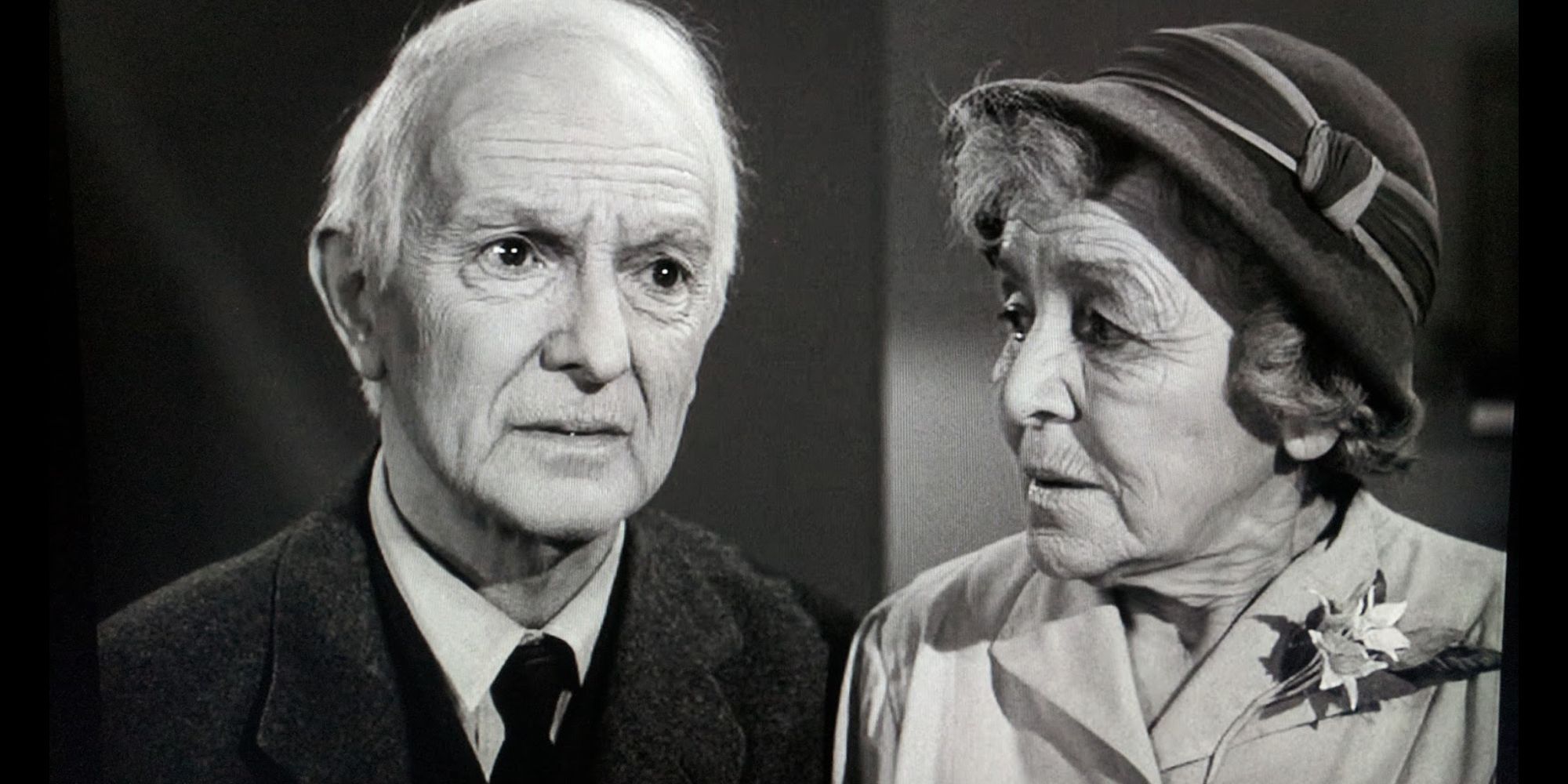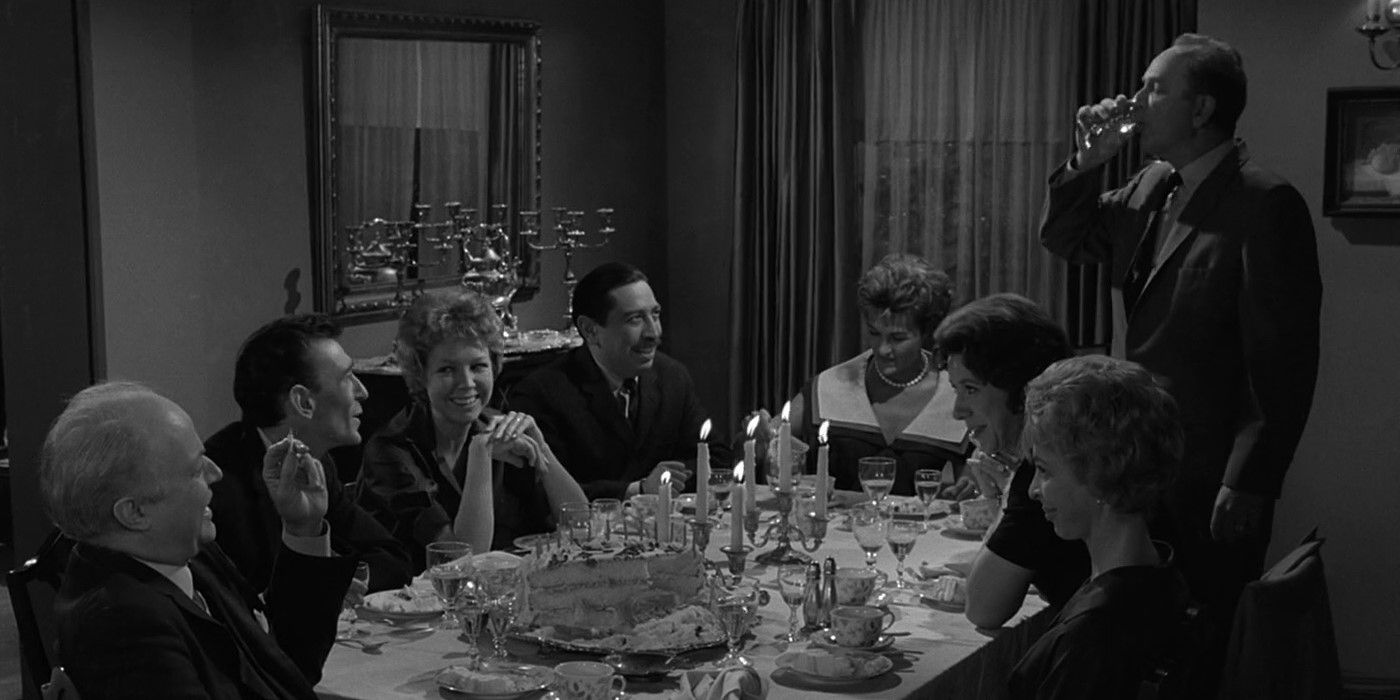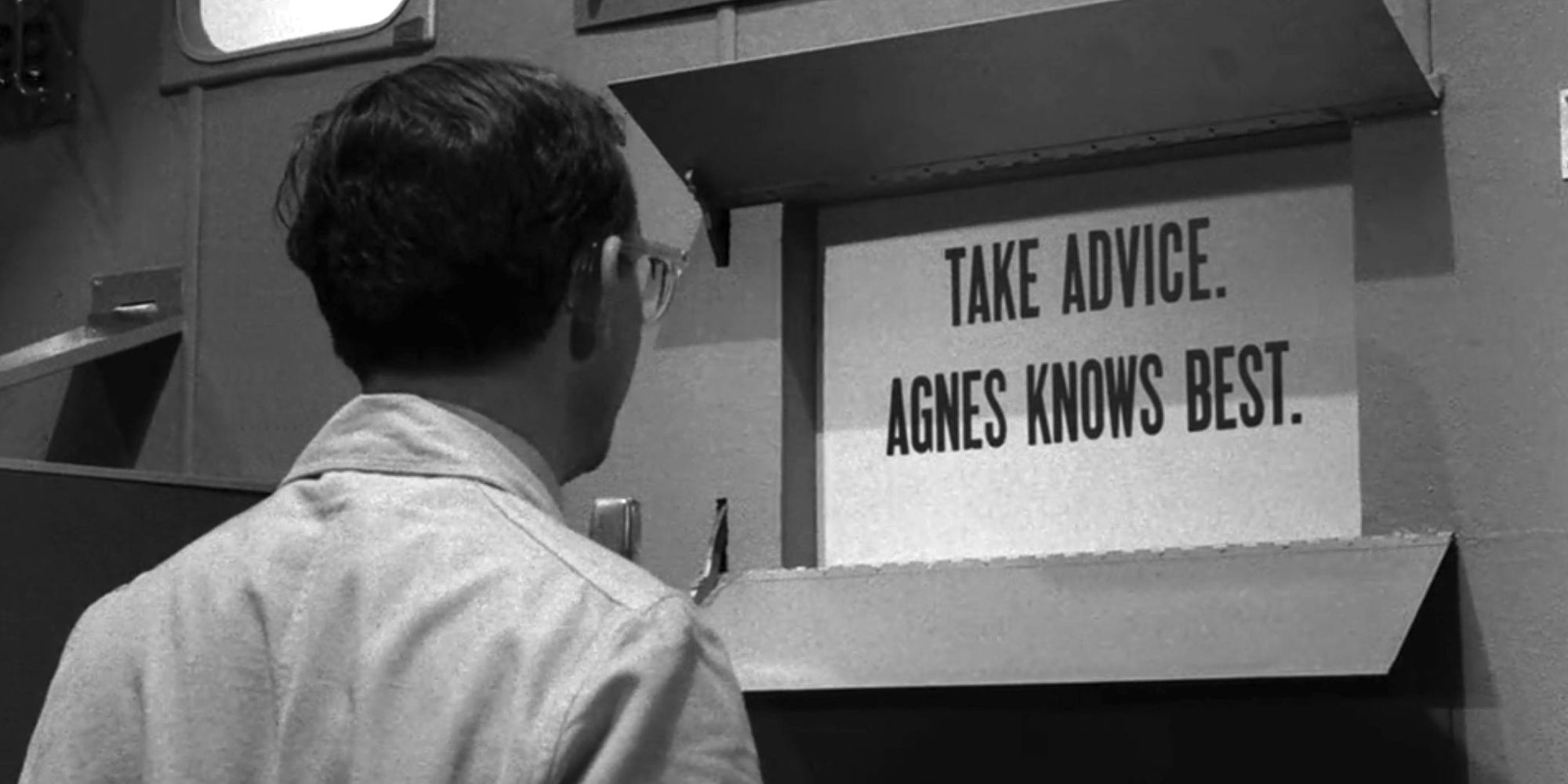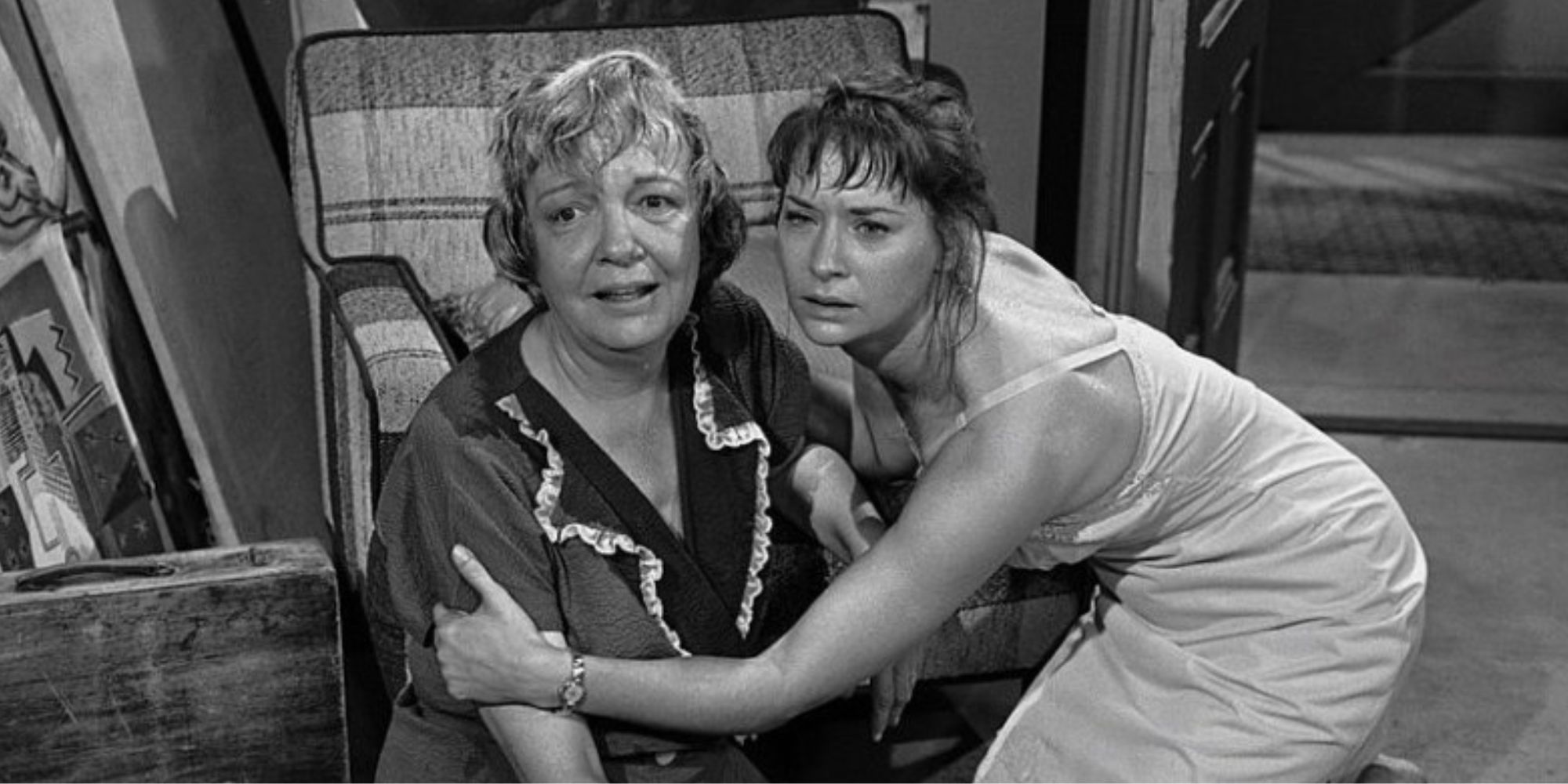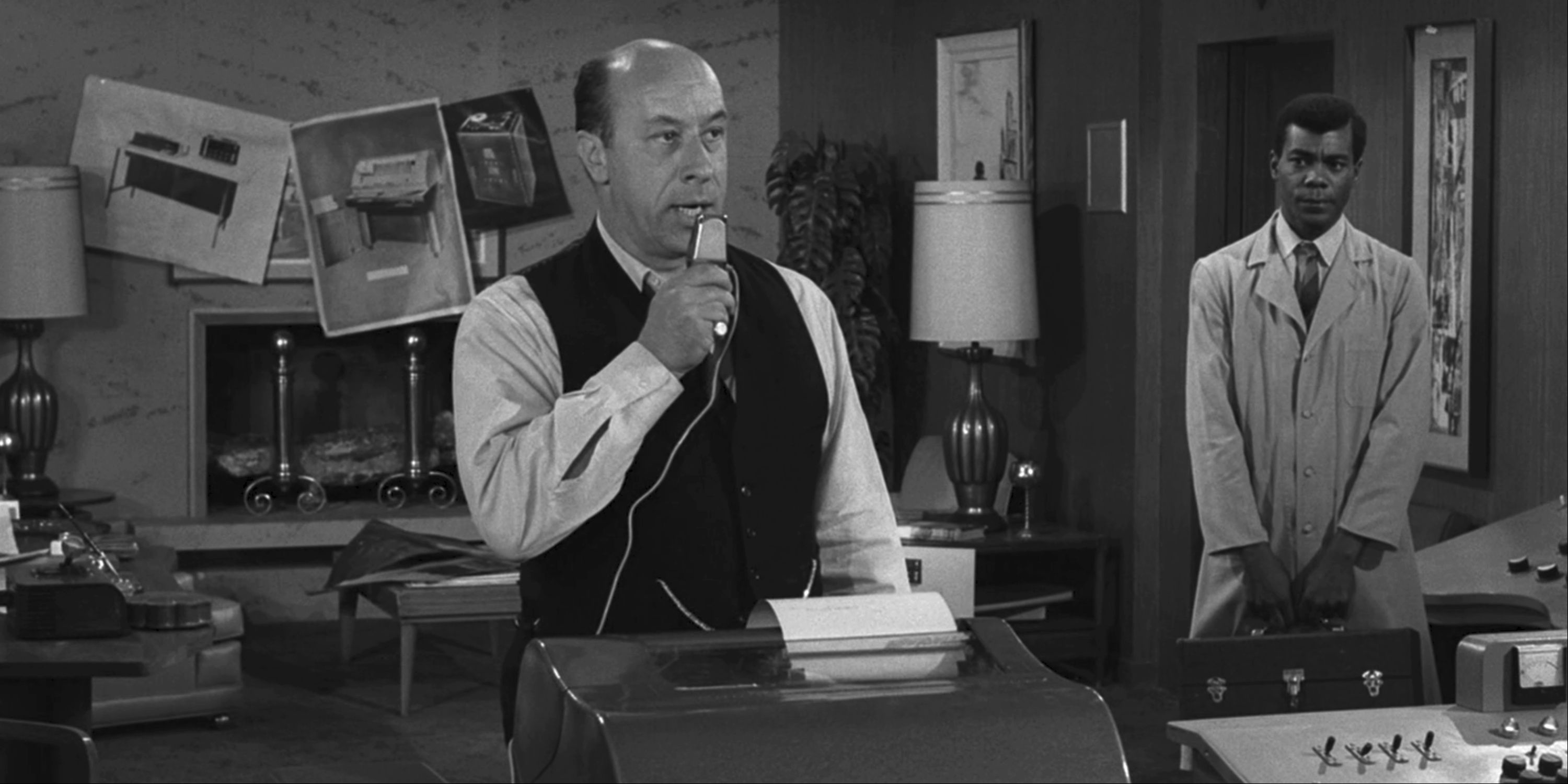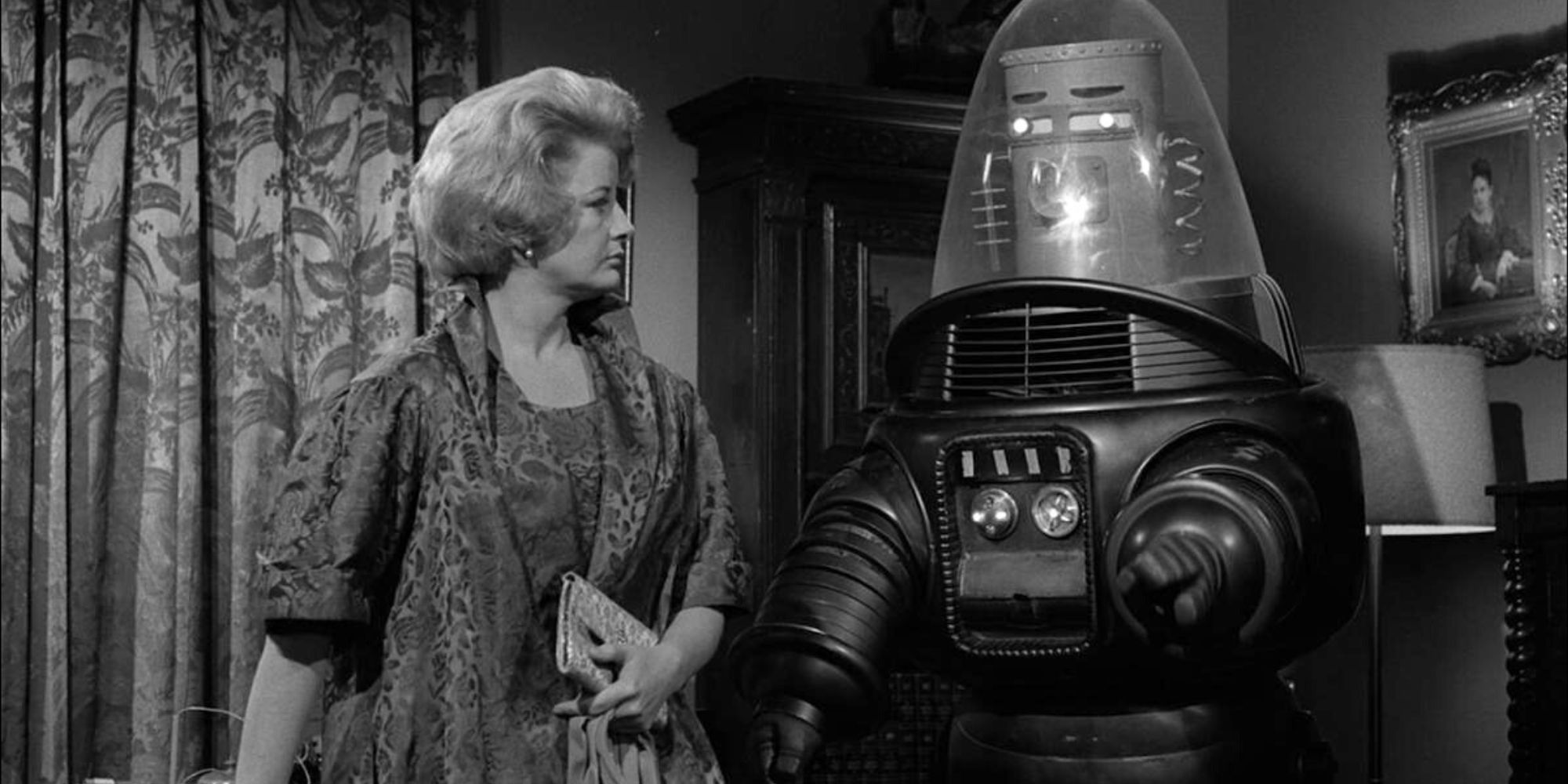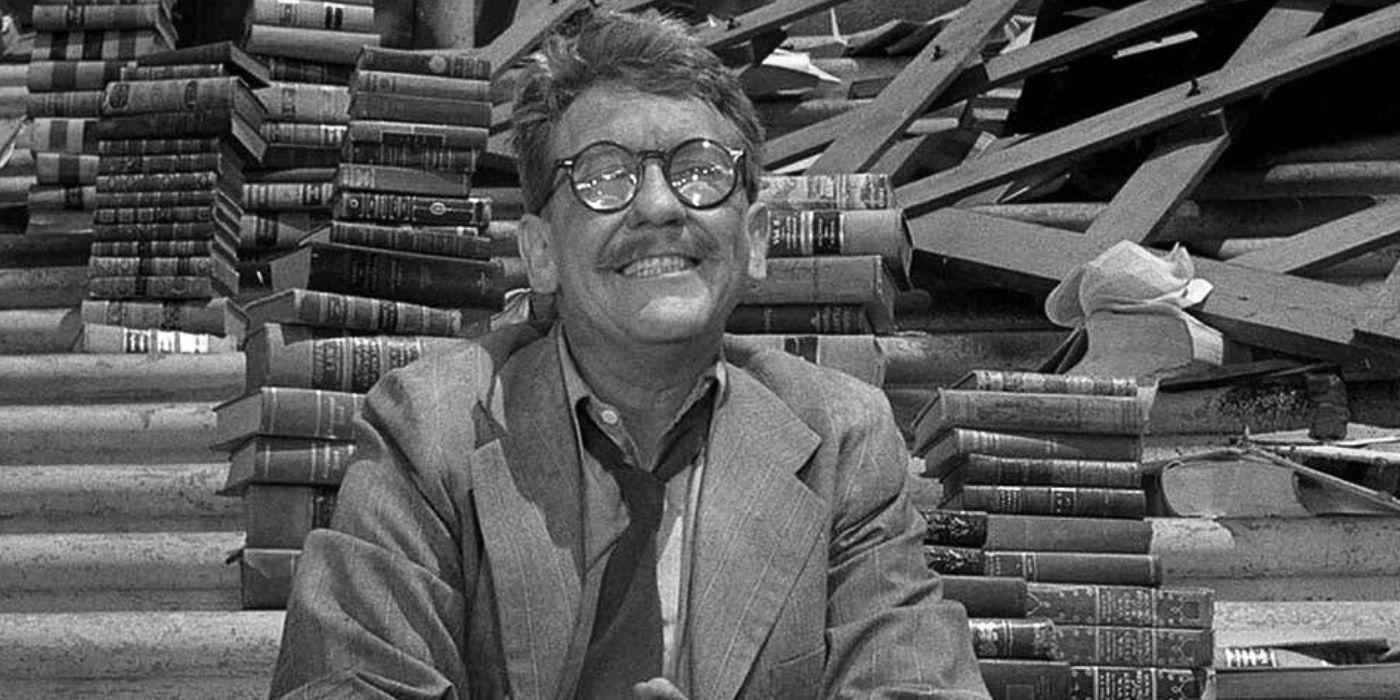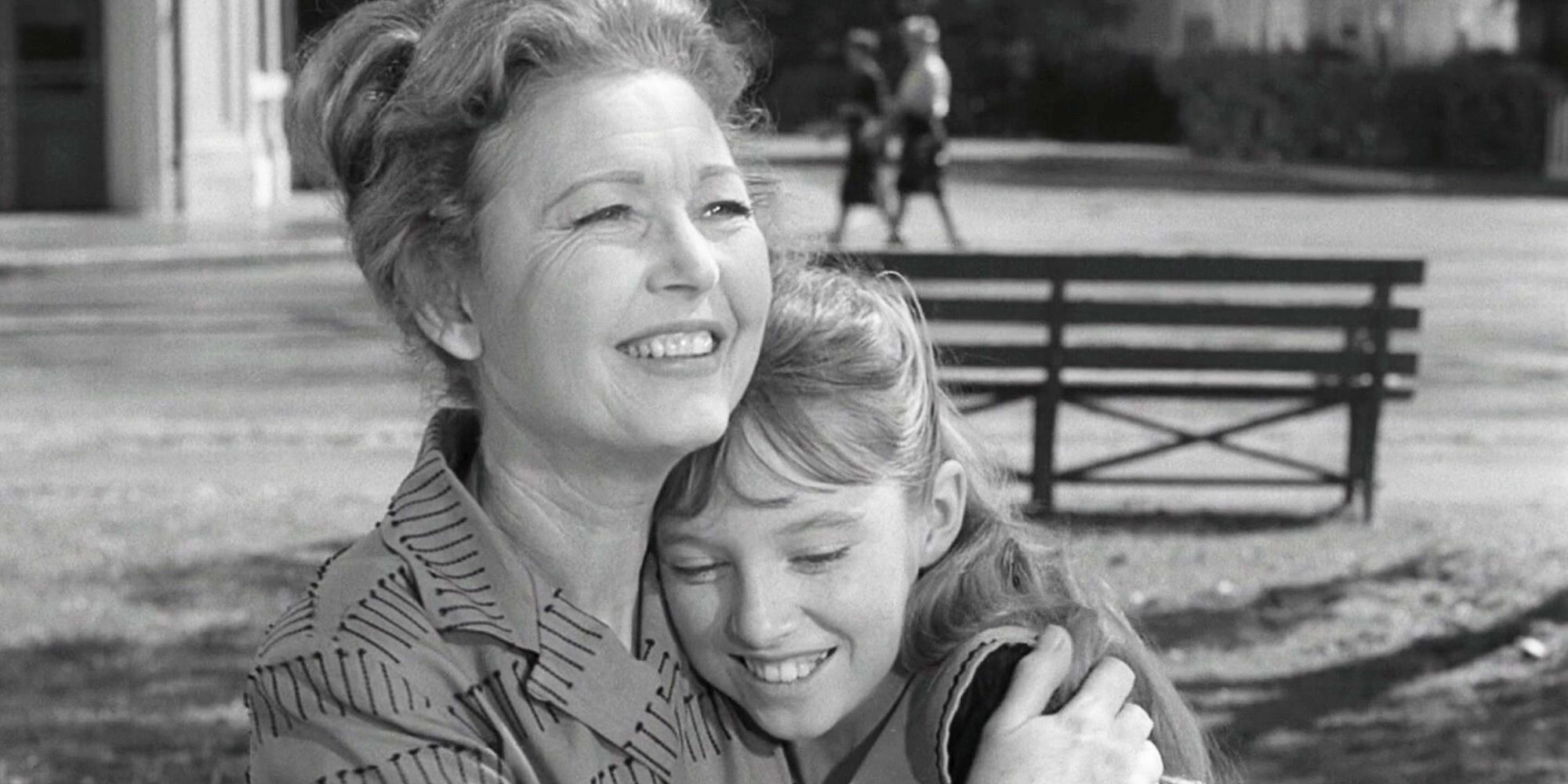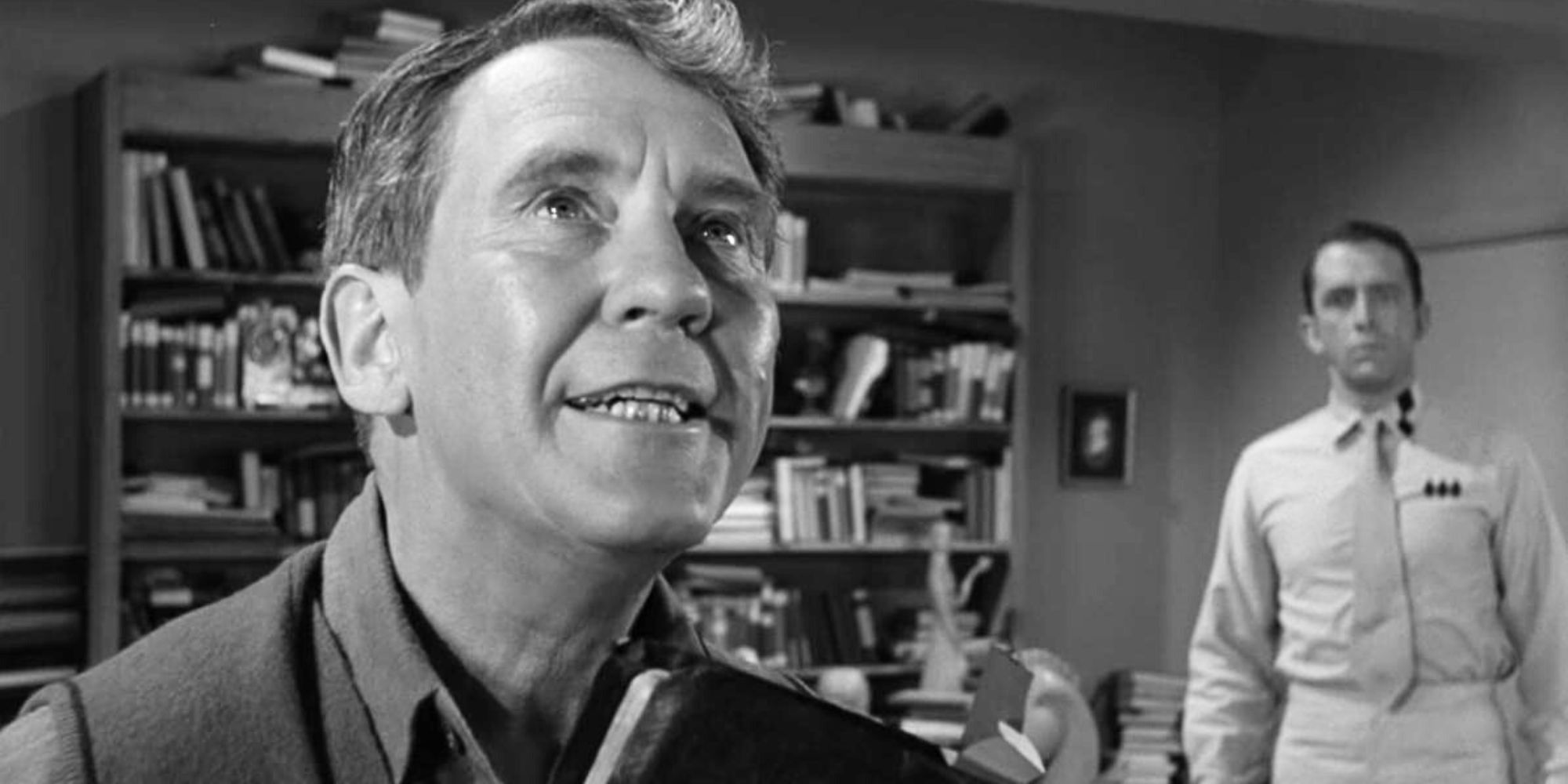Rod Serling‘s iconic anthology series, The Twilight Zone, was monumental for television and gave audiences memorable episodes such as ‘Time Enough at Last’ and ‘Nightmare at 20,000 Feet’ that, today, are instilled in basic pop culture. Originally airing in 1959, The Twilight Zone ran for five seasons, featuring big names and future stars, including Robert Redford, Burgess Meredith, and William Shatner, as well as unforgettable stories that transported audiences to a world of boundless imagination. Even though the series dabbles in several different genres, like mystery and horror, The Twilight Zone is science-fiction at its core, and while some episodes are entirely impossible, many are considered to be hard science-fiction.
Hard science fiction is a subgenre that is grounded in the accuracy and logic of modern science, like artificial intelligence and space travel. Some might think The Twilight Zone is pure fantasy surrounded by the supernatural and unexplained events, but for those who are familiar with Serling, he was a man way ahead of his time who managed to predict the future path of humanity with episodes such as “The Brain Center at Whipple’s” and “The Obsolete Man.” With episodes centering around humanoids and the end of the world, these are the best hard science-fiction episodes from The Twilight Zone.
The Twilight Zone (1959)
- Release Date
- October 2, 1959
- Creator
- Rod Serling
- Cast
- Rod Serling , Jack Klugman , Burgess Meredith , John Anderson
- Seasons
- 5
Watch on Paramount+
15 “Third from the Sun” (Season 1, Episode 14)
Cast: Fritz Weaver, Edward Andrews, and Joe Maross
Military scientist, Will Surka (Fritz Weaver) has been developing a vast number of hydrogen bombs and other devastating weapons in preparation for a nuclear war. Surka realizes that the only way he and his family will survive is if they steal a government spacecraft and escape to another nearby planet. With the help of his friend and trained pilot, Jerry Riden (Joe Maross) the men begin to set their plan in motion, but things go off the rail when another government employee (Edward Andrews) becomes suspicious of them.
At the time, nuclear war was a constant thought on many peoples’ minds, and in Season 1, episode 14, “Third from the Sun,” the probability is presented with a classic Twilight Zone twist. While the ending is a bit of a reach, the episode features various qualities of hard science fiction, including the actual destruction and irreparable damage a hydrogen bomb can cause on the world, as well as the development of other nuclear weapons that, today, have become a reality.
14 “Little Girl Lost” (Season 3, Episode 26)
Cast: Sarah Marshall, Robert Sampson, and Charles Aidman
In the middle of the night, a married couple, Chris and Ruth Miller (Robert Sampson, Sarah Marshall), are awakened by the cries of their young daughter, Tina (Tracy Stratford), who has mysteriously vanished from her bed without a trace but can still be heard throughout the house. When their dog runs under Tina’s bed and disappears, Chris calls his physicist friend, Bill (Charles Aidman), who explains to the worried parents that Tina has somehow fallen into another dimension.
Season 3, episode 26, “Little Girl Lost,” is one of the hardest science fiction Twilight Zone episodes that focuses on the fourth dimension, which is theorized to run parallel to our three-dimensional universe. The episode goes further by portraying the misperception of the fourth dimension between ours, specifically when Chris thinks he has fully entered through the portal, but once he brings Tina back, Bill informs him that he was only halfway through, adding another layer of scientific thrills to the episode.
13 “I Shot an Arrow into the Air” (Season 1, Episode 15)
Cast: Dewey Martin, Edward Binns, and Ted Otis
When a spacecraft crashes onto a desert-like planet, only several of the crewmen manage to survive, and with no way of contacting mission control and minimal supplies to survive, they find themselves in an inescapable nightmare of terror and uncertainty. The survivors try to search for some sign to tell them where they may have landed, but Officer Corey (Dewey Martin) has other plans and as he turns on the others, he soon realizes he’s made a terrible mistake when he discovers that the spacecraft never left the Earth’s atmosphere.
Season 1, episode 15, “I Shot an Arrow into the Air,” ends with a shocking twist of cruel irony as Corey realizes their ship has landed in Reno, Nevada. Before the discovery, the episode takes advantage of the vast desert that, at the time, wasn’t as built up as it is today, and with space travel still in its early development, it is entirely plausible that a craft could fail and crash before ever reaching outer space.
12 “The Parallel” (Season 4, Episode 11)
Cast: Steve Forrest, Jacqueline Scott, and Frank Aletter
While Major Robert Gaines (Steve Forrest) is orbiting Earth in a space capsule, his communications system stops functioning, and he eventually blacks out. Once he regains consciousness, he finds himself back on Earth with no memory of returning home. Once he’s released from the hospital, he starts to notice that things aren’t the same as they were before he left on his mission.
Season 4, episode 11, “The Parallel,” explores the concept of alternate universes and is one of the earliest examples of the theory. Unlike other content, the episode doesn’t feature incredibly obvious differences from Gaines’ true universe, which makes it a difficult episode to initially decipher as the confused astronaut tries to figure out if he’s either dreaming or if he’s suffered permanent memory loss, which is both entirely plausible in both our reality as well as in The Twilight Zone.
11 “The Odyssey of Flight 33” (Season 2, Episode 18)
Cast: John Anderson, Paul Comi, and Sandy Kenyon
When an airplane leaves London for its destination of New York City, it appears to be a routine flight with zero complications, but after the commercial airliner begins to pick up speed at a rapid pace and experience unusual turbulence, the flight crew realizes they have gone back in time to prehistoric times. As they try to keep the passengers calm, they must work together to figure out how exactly they managed to travel back in time as well as how to travel back to their current time.
In Season 2, episode 18, “The Odyssey of Flight 33,” the passengers and crew of the flight travel back in time after they somehow manage to break the sound barrier, which is a phenomenon where an object experiences a sudden increase of aerodynamic drag and approaches the same speed as sound. The episode is a modern version of the Flying Dutchman myth with a touch of hard science-fiction that centers around the possibility of time travel without the show using an intended time machine or a groundbreaking invention.
10 “Where Is Everybody?” (Season 1, Episode 1)
Cast: Earl Holliman, James Gregory, and Paul Langton
The first episode of the series, “Where is Everybody?” is one of the most realistic episodes that proved The Twilight Zone was ahead of its time, with the arc rooted in the basic science of human space travel. Mike Ferris (Earl Holliman) is a young man who finds himself seemingly alone in a deserted town and can’t seem to find another single person. As he tries to figure out how he ended up there as well as where everyone went, he starts to go insane from the crippling isolation.
It is later revealed that Ferris is an astronaut in training and is actually in an isolation pod designed to prepare him for not having any companionship during his space travels. The episode is also one of few that features zero supernatural or special effects and portrays a very real experience for anyone who ventures into the unknown, especially alone, making it one of the best hard science-fiction episodes to come out of Serling’s fifth dimension.
9 “The Trade-Ins” (Season 3, Episode 31)
Cast: Joseph Schildkraut, Alma Platt, and Noah Keen
In Season 3, episode 31, “The Trade-Ins,” an elderly couple, John (Joseph Schildkraut) and Marie Holt (Alma Platt) have been happily married for 50 years and while they have enjoyed their time together, they want to start over and be young again together. The couple visits a place that specializes in exchanging old bodies for new, younger ones, but like everything, it comes with a hefty price. When John and Marie learn that they only have enough money for one of them to be young again, Marie graciously lets her husband, who suffers from extensive physical pain, undergo the procedure.
Of course, there is currently no operation that can physically take someone out of their body and put them in a new one, but many people in our society obsess over the inevitable process of aging and resort to extensive procedures like plastic surgery and medication to hold onto their youth. Serling was well aware of the human desire to stay young and healthy and knew that in time, science would catch up and help make these desires possible, but he ended the episode with a wise reminder that looks and a youthful step in your stride aren’t everything.
8 “The Shelter” (Season 3, Episode 3)
Cast: Larry Gates, Joseph Bernard, and Jack Albertson
In one of The Twilight Zone‘s highest-rated episodes on IMDb, Season 3, Episode 3, “The Shelter,” is set in a quaint suburban neighborhood during the height of the Cold War and opens at a dinner party hosted by Dr. Bill Stockton (Larry Gates) and his wife, Grace (Peggy Stewart). As the friends converse around the dining room table, it’s revealed that Bill has built a fallout shelter in his basement which everyone believes he will never have to use. Shortly after, there is an announcement over the radio informing them about unidentified objects flying towards the United States.
At the time, the possibility of an atomic bomb and nuclear weapons was high, and even today, they’re still likely, which is what makes this another hard science-fiction episode. While today’s society has more advanced technology and knowledge about these types of attacks, the basic human reaction would most likely play out exactly like Serling’s episode predicts. Stockton and his family only have enough room and resources for them and while they tell their friends they wish they could help, they become hysterical, revealing animal-like instincts and actions that essentially lie deep within all of us.
7 “From Agnes – With Love” (Season 5, Episode 20)
Cast: Wally Cox, Ralph Taeger, and Sue Randall
Advanced and conscious technology is a common theme throughout Serling’s series, but Season 5, episode 20, “From Agnes – With Love,” depicts a scenario that has appeared in popular movies like 2001: A Space Odyssey and Her that fall under the subgenre of hard science-fiction. James Elwood (Wally Cox) is a shy scientist who is assigned as a replacement computer programmer for the world’s most powerful computer, known as Agnes. As Elwood tries to correct a functional error in Agnes, he discloses his dating problems to the computer but, unbeknownst to Elwood, Agnes’s advice is meant to sabotage his efforts.
The possibility of a computer developing consciousness and human emotions isn’t entirely impossible or out of the question, but a computer or online app providing somewhat of human companionship and advice like Agnes has already been established today. For example, Apple’s Siri and Amazon’s Alexa are essentially programmed like Agnes, and while they haven’t been able to give people detrimental dating advice, they are a resource that many like Elwood find to be comforting and nonjudgmental.
6 “The Midnight Sun” (Season 3, Episode 10)
Cast: Lois Nettleton, Betty Garde, and Tom Reese
In Season 3, episode 10, “The Midnight Sun,” audiences learn that the Earth has fallen off its orbit and is moving closer and closer towards the sun. As the temperature continues to rise, people aren’t sure what to do as some flee their homes to colder climates, while others like Norma (Lois Nettleton) and her landlady (Betty Garde) hold out hope and try to find relief from the unbearable heat. The heat causes tensions to rise between Norma and others who have stayed behind, but in the end, it’s revealed in true Twilight Zone fashion that Norma is dreaming, but in reality, the Earth is moving away from the sun, causing below-freezing temperatures.
The frightening probability of the Earth falling off its axis is slim, but “The Midnight Sun” does keep some up at night as it falls into the hard science-fiction column regarding Earth’s current climate change. The episode depicts a more drastic and fast-acting change in the Earth’s climate, but whether it be immediate or over years or decades, the inhabitable conditions portrayed in the episode could very likely be glimpses of the possible future of our planet.
5 “The Brain Center at Whipple’s” (Season 5, Episode 33)
Cast: Richard Deacon, Paul Newlan, and Ted de Corsia
Wallace V. Whipple (Richard Deacon) is a callous CEO of a factory in the Midwest who is tired of dealing with his human employees and decides to upgrade the company with the latest technology. Unfortunately, the new changes cause hundreds of workers to lose their jobs and, despite their pleas, Whipple brushes them off, focusing on the benefits his new employees will have on the company’s finances. Like most episodes in the fifth dimension, Whipple soon realizes at the end that every human job has been replaced with a machine, including himself.
Season 5, episode 33, “The Brain Center at Whipple’s” sadly depicts an inevitable future that has already started to unfold in certain jobs today. Check-out clerks at stores have been partially replaced with self-check-outs and even basic customer service and management positions have been overrun by bots and A.I. While technology does have its upside, it can be devastating for some people who have lost their livelihood to a software program or machine because it speeds up the process of production and is more cost-efficient for companies.
4 “Uncle Simon” (Season 5, Episode 8)
Cast: Cedric Hardwicke, Constance Ford, and Ian Wolfe
Season 5, episode 8, “Uncle Simon,” is partially based on the concept of immortality through the use of man-made machinery. Barbara Polk (Constance Ford) is the sole caregiver of her cruel (but wealthy) uncle Simon (Cedric Hardwicke) and only puts up with horrid ways because she is the heir to his fortune. When Uncle Simon passes away, Barbara thinks it will be smooth sailing for her, but her hopes are quickly shattered when she learns that she can only inherit her uncle’s money as long as she stays in his house and takes care of his last invention, a robot named Uncle Simon.
While some may think this requirement isn’t that bad, it is as Uncle Simon has programmed the robot’s A.I. to learn as time goes on and essentially becomes just like its creator, forcing Barbara to continue to live with her uncle in some sense. AI is a rapidly growing technology that has already been used today to portray celebrities who have passed away in various forms of entertainment, including movies, television, and live concerts. There might not be any robots walking among us in human form, but companies are currently working on implementing A.I. that is similar to Uncle Simon’s invention, making this a vital hard science-fiction episode.
3 “Time Enough at Last” (Season 1, Episode 8)
Cast: Burgess Meredith, Vaughn Taylor, and Jacqueline deWitt
Out of all the episodes in The Twilight Zone, Season 1, episode 8, “Time Enough at Last,” is one of the most famous episodes that has also been referenced in popular television shows, including The Simpsons and Family Guy. Oscar-nominated actor Burgess Meredith stars as a bookworm and bank teller, Henry Bemis who, if he had the choice, would spend all of his time reading as many books as possible and prefers the literary world over the real one. One day, when he takes his lunch break in the solitude of the bank’s vault, a hydrogen bomb is dropped, destroying everything and everyone on Earth.
“Time Enough at Last” is centered around the immense destruction atomic bombs can have on the world, which society has witnessed firsthand, most notably the bombing of Hiroshima during World War II. With today’s progressive knowledge and production of nuclear weapons, the possibility of the world being destroyed by one is much more plausible today than most would like to admit. The episode also embodies the bittersweet message about the difference between isolation and solitude and, in our tech-dependent society today where more people communicate online than face-to-face, it explores the negative impact that can come from relying on technology as the main line to the outside world.
2 “I Sing the Body Electric” (Season 3, Episode 35)
Cast: Josephine Hutchinson, David White, and Veronica Cartwright
Season 3, episode 35, “I Sing the Body Electric,” is another episode that explores a world with humanoids, which has been seen in countless classic science-fiction films such as Blade Runner and Ex Machina. Mr. Rogers (David White) is a widower with three children who are usually looked after by their aunt, but when she leaves because they’re too much of a handful for her, Rogers resorts to finding someone who can handle the responsibility. He takes the kids to visit a factory, Facsmile Ltd., to pick out a new robotic grandmother where they have the opportunity to “build” her, choosing her appearance and even how her voice will sound.
The episode was written by science-fiction author, Ray Bradbury, who later used the script as the basis for his 1969 short story by the same name. Our world is far from having humanoids that look like us and develop human emotions like the wonderful Grandma in “I Sing the Body Electric,” but some companies have already invented humanoid robots that would set the foundation for her. NASA has invented the Robonaut2, which is designed to help with space exploration. Tesla is another leading company in the creation of humanoid robots and recently revealed Optimus Gen 2 in a video, demonstrating its ability to fold clothes.
1 “The Obsolete Man” (Season 2, Episode 29)
Cast: Burgess Meredith and Fritz Weaver
Set in a totalitarian state, Burgess Meredith is front and center in Season 2, episode 29, “The Obsolete Man” as a librarian, Romney Wordsworth, who, due to the destruction of all books, is accused by the state of no longer having a purpose and must be executed. Woodsworth accepts his fate and even has the choice of how to be executed, but, he refuses to go without leaving a lasting impression on his executioner, The Chancellor (Fritz Weaver) who, by the end of the episode, comes face to face with the same tragic fate as Wordsworth.
Serling opens “The Obsolete Man” with an ominous monologue that also serves as a grave warning. As audiences follow Wordsworth into a bleak room, Serling says they are entering one that “leads to the future, not a future that will be, but one that might be.” Thankfully, our society doesn’t exterminate people who no longer have a job field, but we are one that, through the years, has begun to rely more and more on technology. Serling continues, noting the state has “refinements, technological advances, and a more sophisticated approach to destroying human freedom.” Aside from technology making several occupations essentially obsolete, like librarians and writers, it has also provided some with the ability to control a certain narrative and agenda like the state in this episode, making this one of the best and most powerful hard science-fiction episodes (and one of the best Twilight Zone episodes ever).

